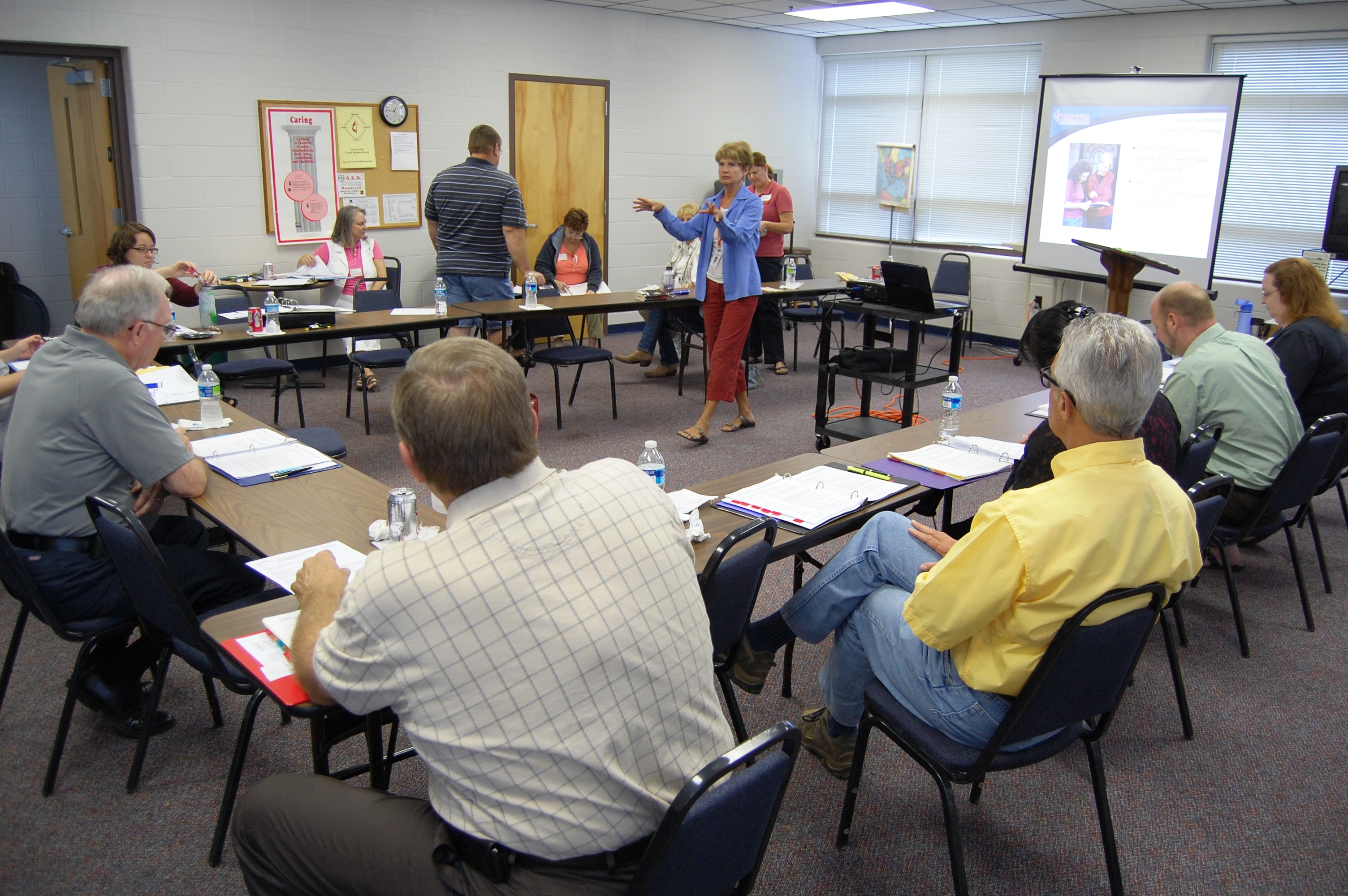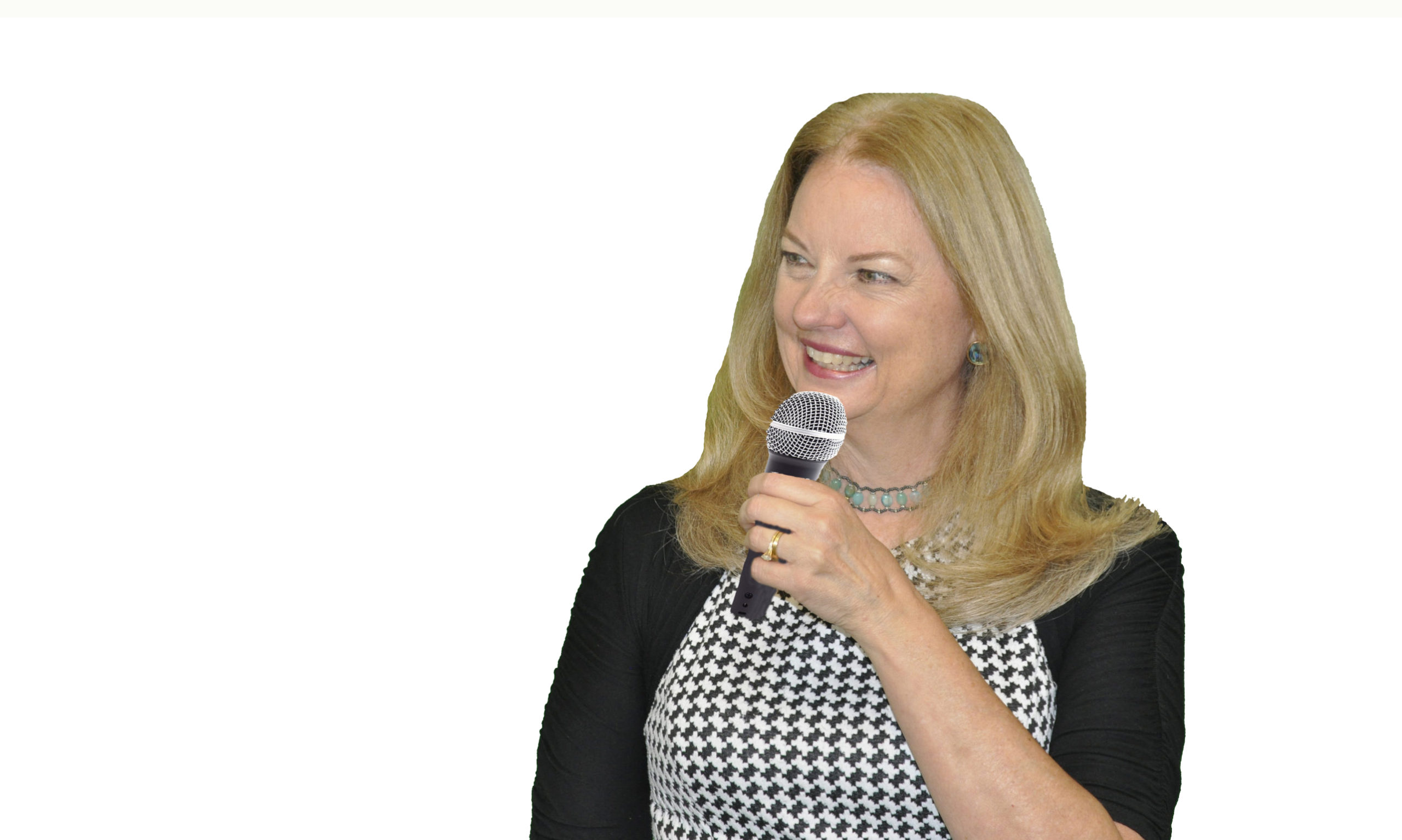[et_pb_section admin_label=”section”][et_pb_row admin_label=”row”][et_pb_column type=”4_4″][et_pb_text admin_label=”Text” background_layout=”light” text_orientation=”left” use_border_color=”off” border_color=”#ffffff” border_style=”solid”]
 The meetings industry, like almost everything else, has changed in many ways over the last 25 years when I first started speaking professionally. During that time, I’ve stayed in countless hotels, spoken in venues as strange as a funeral home, and met legends of the industry who began recording their speeches on albums, that’s right, vinyl LP records. However a different kind of change has occurred during the past few years.
The meetings industry, like almost everything else, has changed in many ways over the last 25 years when I first started speaking professionally. During that time, I’ve stayed in countless hotels, spoken in venues as strange as a funeral home, and met legends of the industry who began recording their speeches on albums, that’s right, vinyl LP records. However a different kind of change has occurred during the past few years.
Audiences are getting younger or is it that I’m getting . . . No, let’s not go there.
I am sometimes guilty of waxing nostalgic about how it was in the past only to be met with glazed over stares and fidgeting as my younger audience wishes I would hurry up and finish talking so they can get back to texting. I now realize that to be relevant, I need to be even more versatile connecting with all audiences.
My research on the various generations in the workplace clearly demonstrates that we all have differences in how we do things and how we communicate. Some new ways are more effective and some are not. Learning to adapt is key for us to be able to work together effectively.
At this point, some of you may be thinking that I am going to try to put a label on everyone. Generational labels are often misused and abused as an easy explanation for how or why a person is like they are. Stereotypes abound which may never have been true or are simply not accurate because they are dated and that group of people has changed. However there may be some clues about them because of their age group.
Often common traits for generations that do exist are a result of the world they came to know when they were growing up. We all were raised in a day and time where events happened which were beyond our control. Events that influenced our personality and character can be recognized and appreciated by others who are from a different generation. Knowing this we can begin to understand how others may see things differently and then be more accommodating of their viewpoints.
Speakers and meeting planners who want to maximize the learning and exchange of information in presentations today must be alert to how each generation’s perspective could be affected. The following brief summaries can serve to frame the discussion on how communication styles are different across the generations:
Traditionalists were born before 1946. They lived through the Great Depression and times of great scarcity. Their life was fraught with Wars for which they dutifully enlisted.
Compare that to Baby Boomers who were born between 1946 and 1965. Many did not willingly enlist, defied authority and protested the Viet Nam War! They also became known as The Consumers. Since their parents were so frugal, they tended to overindulge with the prosperity that followed the Wars.
Gen Xers were born between 1965 and 1978 while their Baby Boomer parents consumed and sang, “I owe, I owe so off to work I go.” This created their experience known as “latch key kids” as they learned to be self-reliant. Mostly, they did not experience war.
Now, Gen Y came onto the scene being born between 1980 and 1994. They have experienced war at a personal level with rampant terrorism. Most of their lives the rise of the Internet connected them to the world and all of the wars on a global level.
Currently we have Gen Z born after 1994. They do not remember a time without war and have taken being connected to the world to another level. Having their own cell phone, social media and total access to a more sophisticated internet has given them mature experiences beyond their young age in years.
It is vitally important to understand what shaped each generation so that we can find the common ground to meet the needs of all five generations. As professionals, we must plan for a meeting that has some very different expectations and needs in a single audience. Please join me in my presentation on November 17 where I will provide insights about each generation’s wants, needs, strengths and areas for improvement. I can’t wait to see you there!
Robin Thompson has been President of Thompson Training & Keynote, Inc. for over 20 years. As Vice President of Development at a nonprofit, university and Executive Director of a foundation, she learned how to help five generations work together effectively. She can be contacted at speaker@RobinThompson.com or 541-810-1109.
[/et_pb_text][/et_pb_column][/et_pb_row][/et_pb_section]



